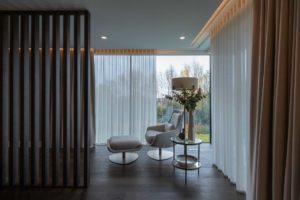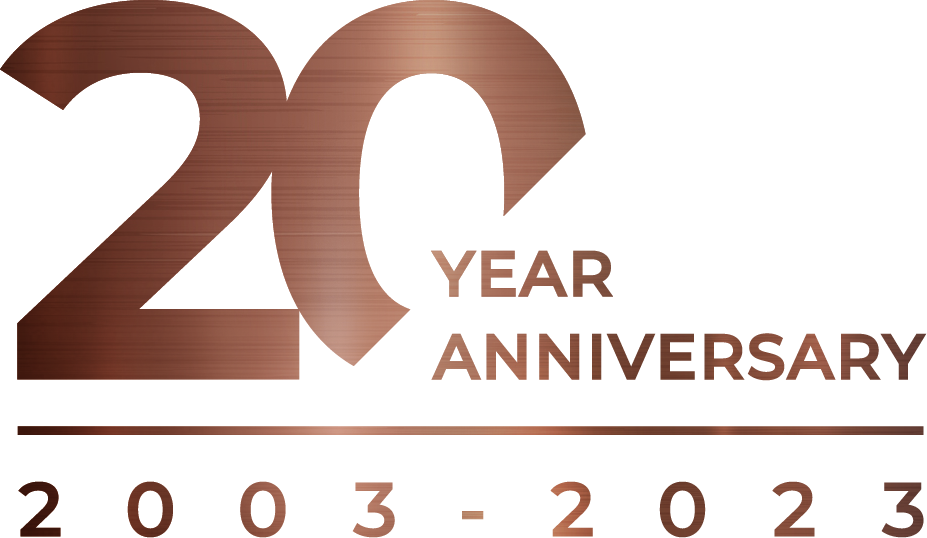As we make the transition back into offices, embrace a new hybrid way of working or look to continue working from home, it is important that employers consider how technology can improve the productivity of their staff.
Providing your team with the right tools to carry out their job in the most productive manner isn’t just about fast laptops and the latest smart phones. Consideration needs to be given to the working environment and the collaboration tools that your team have access to.
Wellness
There is clear evidence that productivity and staff morale is directly affected by design factors in the working environment. Workplaces need to be designed with consideration to mental and physical wellbeing, as small changes can have a cumulative effect on productivity. Lighting, temperature, air quality and comfort should all be thought about and are all areas where technology can play a role.
Lighting
Lighting and environmental control systems, such as Lutron Quantum, allow circadian rhythm automation of lighting, with brightness and colour temperatures adjusting subtly throughout the day. Individual controls on each desk can allow team members to adjust their own overhead lights depending upon their preference or the task they’re doing. Lighting can be automated within office sectors too, if a team is working out on-site or from home, through presence detection, their area can drop into an ‘eco’ setting, reducing the light levels. This allows for better focus in the occupied areas and greater energy savings.
Shading
Natural light should be automated in office environments too. Lutron’s Hyperion system will track the sun’s position in the sky throughout the year, automatically lowering sheer shades to ensure workstations aren’t flooded with daylight. Once the sun moves and the risk of glare has gone, the shades will automatically raise up to bring back views of the outdoors, helping create a more harmonious environment.
Temperature
Temperatures throughout a building can be automated too, with occupied offices set to a comfortable temperature during working hours, with unoccupied areas automatically ‘rolling back’ to save energy. Systems can link with room booking applications too, making it possible to heat or cool meeting spaces ready for use but saving energy when they’re not.
Air quality
Air quality within the workplace is directly impacted by external and internal factors, with location playing a big part. For example, if you’re located close to a road then toxic pollutants will likely be higher. Ventilation can help, ensuring that stale air in the workplace is circulated effectively. In addition, air purification can filter the air and technology can assist with overall automation. Windows, roof light openers, fans and air-conditioning can also be controlled automatically. Furniture and fabrics can also release air pollutants, carefully selecting PVC-free fabrics for your automated shades can go a little way to helping improve air quality too.
Music
Background music should be a consideration in working environments. From the reception area throughout all communal spaces, visitors and staff can enjoy a custom created playlist of ‘on brand’ music. Depending upon the business sector, music could continue through to the workspaces too, with individual control for each team or even down to individual desks. It is possible to pipe music to all your team, with local speakers or headphone connection plates, offering a selection of pre-defined playlists or radio stations.
Collaborative tools
Allowing your team to keep in touch easily, share content and work on projects together, regardless of their location is vital. Meeting rooms and huddle spaces should be kitted out with presentation and conferencing technologies that are simple to use and reliable. Bring Your Own Device is an initialism mentioned regularly when talking about meeting rooms, it basically means that people can present from their own portable device, whether that be a laptop, smart phone or tablet. T
Often referred to as Unified Communications, conferencing technology has clearly become a very important asset within a business or at home. It allows your team and clients to communicate, as well as allowing suppliers to keep in touch too. With audio and video conferencing platforms being so readily available, and with most offering screen sharing facility, it’s a great time to consider this technology.
Room booking
In office environments with multiple meeting rooms, booking solutions such as those from Crestron are a great addition as they can integrate seamlessly with industry standard calendar applications.
Touchscreens outside the meeting rooms can communicate directly with your centralised calendar, so that everybody can see at a glance which meeting spaces are available at any given time. Added benefits are tracking of ‘no shows’, if a meeting is booked for 13:30 but nobody turns up, the Crestron system can ‘free up’ the room in the calendar and update room status indicators in the corridor. It is also possible to log room usage, to see which are proving popular so that decisions can be made on furnishing rooms to facilitate business need.
Employer benefits
With a better working environment for your team, business owners can expect benefits in return such as increased productivity and profitability, better sickness records and staff loyalty. With technology controlled and automated, vast energy savings are also a very realistic outcome.
If you need help improving productivity of your staff with environmental controls and technology in your office, get in touch with our expert design team today enquiries@cleverass.com




